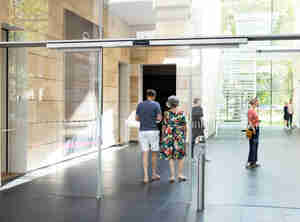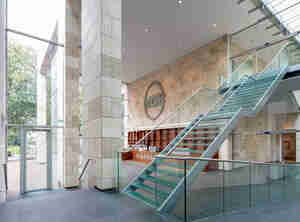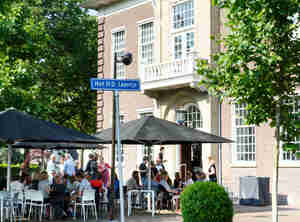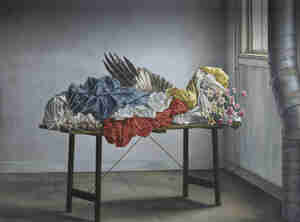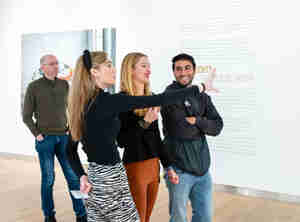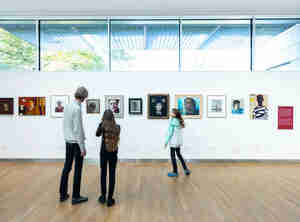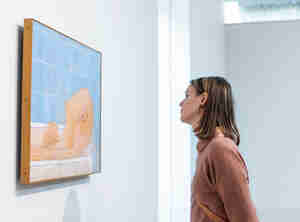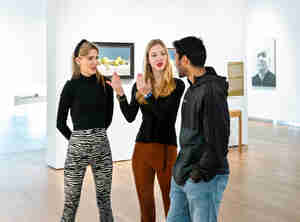- Plan your visit
- See and do
- Collection
- About us

Go back
Carel Willink
Street with a Statue, 1934
Street with a Statue features all of the characteristics of a ‘typical’ Willink painting: an almost empty square, menacing clouds, 19th-century architecture, a classical statue, hard light and shadows. All captured in a realistic style and a smoothly painted surface. Willink uses real life elements
...
in his composition to create verisimilitude: the painting is based partly on an existing cityscape, but is complemented by his imagination.
Willink’s urge to move from abstract experimentation to more realistic paintings was in part prompted by the uncertainties and threat of war that characterised the 1930s. He wanted to make works that would stand the ravages of time.
In 1931, Carel Willink (1900-1983) toured Italy with his brother Jan, visiting cities including Pisa and Florence. The trip sparked Willink’s fascination with classical sculpture and Renaissance architecture. He also became acquainted with the work of modern artist Giorgio de Chirico (1888-1978), who was partial to emptiness, depth, unusual lighting and extreme shadows. From this moment on, the influence of De Chirico on Willink’s work is clear to see.
Artist
Carel Willink
Title
Street with a Statue
Year
1934
Technique
Oil on canvas
Size
100 x 75 cm (h x w)
Type of object
Painting
Copyright
© Pictoright/Sylvia Willink
This work is protected by copyright. You need permission from the creator or his heir to download, edit, copy or publish it.
